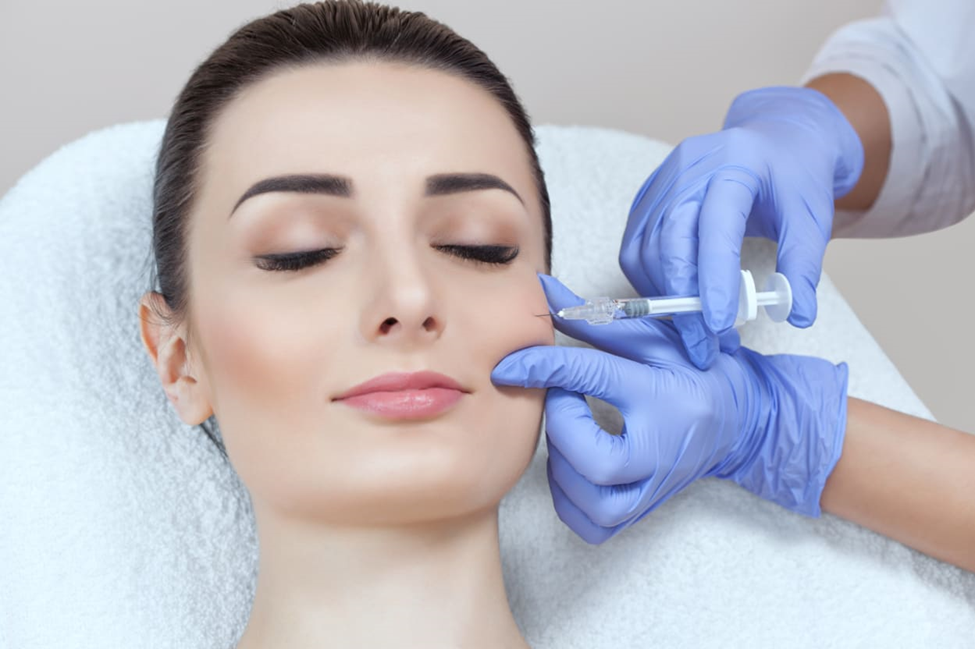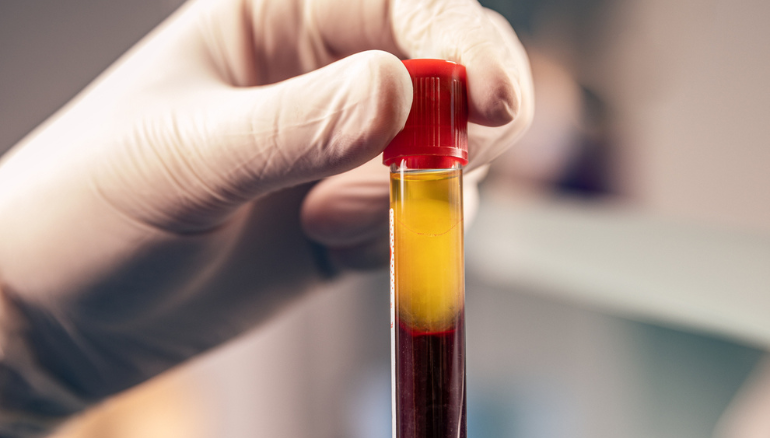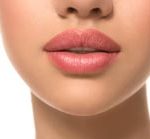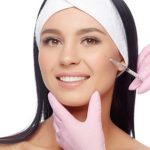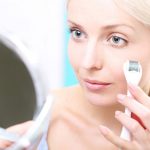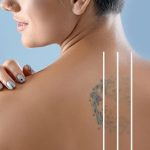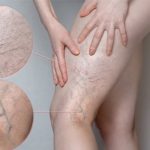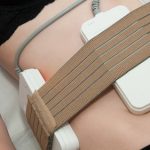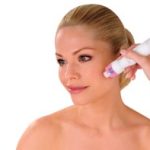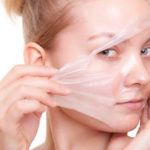What Is PRP?
Platelet rich plasma (PRP) is a substance that’s thought to promote healing when injected. Researchers have produced PRP by isolating plasma from blood and concentrating it. Athletes have been known to use these injections to help heal injuries.latelet-rich plasma (PRP) is a substance that’s thought to promote healing when injected. Plasma is a component of your blood that contains special “factors,” or proteins, that help your blood to clot. It also contains proteins that support cell growth. Researchers have produced PRP by isolating plasma from blood and concentrating it. The idea is that injecting PRP into damaged tissues will stimulate your body to grow new, healthy cells and promote healing. Because the tissue growth factors are more concentrated in the prepared growth injections, researchers think the body’s tissues may heal faster.
What Does PRP Treat?
As one gets older, signs of aging become more obvious. These signs include dark circles and puffiness under the eyes, and sagging skin around cheeks, mouth, and eyes. In general, this procedure can treat the following problems:
Wrinkles, Dark circles around eyes, Poor skin texture, Forehead lines, Smile lines, Turkey neck and necklace lines, Wrinkles of the back of hands, Saggy skin, Hair loss.
How do you prepare for PRP injections?
There are few steps to preparing for PRP injections. These steps depend on how you receive PRP.PRP can be injected in different ways. For example, sometimes a topical numbing lidocaine solution is applied to your scalp before injection. You may have to arrive early to a treatment session if this is the case.
Other times, a local anesthetic is mixed with the PRP to reduce any discomfort. Sometimes, your doctor will inject or apply PRP during surgery. In this instance, preparation for PRP injections would involve following your surgeon’s recommendations before surgery.
PRP injection process
Here’s what to expect from a typical PRP injection process:
A healthcare professional will draw a sample of your blood. The amount of the sample depends on where the PRP will be injected. For example, the amount of blood taken for injection into the scalp for one study Trusted Source was 20 milliliters. This is slightly larger than one teaspoon.
The blood is placed into a centrifuge. This machine spins around very quickly, causing the blood components to separate. The separation process takes about 15 minutes. A technologist takes the separated plasma and prepares it for injection into the affected area.Doctors will often use imaging, such as ultrasound, to pinpoint specific areas for injection, such as the tendon. Your doctor will then inject the PRP into the affected area.
What are the potential side effects of PRP?
Because PRP involves injecting a substance into the skin, there are potential side effects.
PRP is autologous, which means it contains substances that come directly from your own body. This reduces the risks for an allergic reaction that can occur from injecting other medications, such as cortisone or hyaluronic acid. However, there are risks from the injection itself, including: infection, nerve injuries, pain at the injection site, tissue damage.
You should discuss these potential risks with your doctor, as well as the steps they will take to minimize these risks.
How Is PRP Injection Done in Iran?
In this method, between 10 to 30 milliliters of the patient’s blood is centrifuged for about 10 minutes. Once red and white cells are separated, the rich platelets are extracted and injected into the skin. The therapy is done by applying local numbing cream on your skin for about 40 minutes. Then you will receive a very tiny injection in the areas in need of treatment.The whole procedure takes 1 to 2 hours. Based on the patients’ needs, the surgeon might decide to combine PRP with other rejuvenating treatments.
To get the optimum results, 3 to 6 treatments at 4 to 5 week intervals are required.
What is the recovery time for PRP injections?
When PRP is injected after an injury, your doctor may recommend that you rest the affected area. However, these recommendations are more related to the injury and less to the PRP injections. Most people can continue their daily activities following PRP injections. Because PRP injections are intended to promote healing or growth, you may not notice an immediate difference after receiving the injections. However, in several weeks or months, the area may begin healing faster or growing more hair than you would have expected if you hadn’t received PRP injections.
Cost of PRP Injection in Iran
Each PRP injection session costs around $200 to $500 in Iran, depending on the area which needs to be treated. It means that if you need 6 injection sessions, you’ll be charged from around $1,200.

